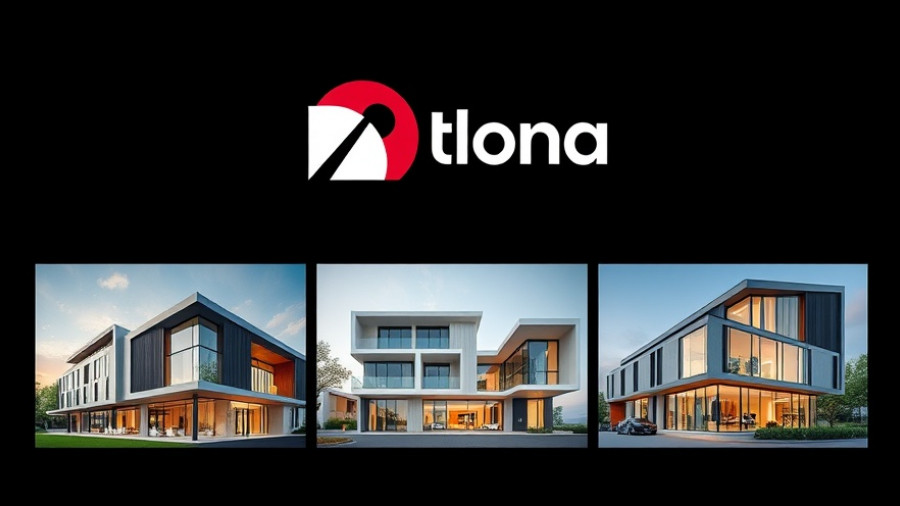
Understanding the Hidden Costs of Heat Stress in Construction
As temperatures soar, the importance of keeping workers cool has become even more critical in the construction industry. Heat stress can significantly impact productivity and health, leading to increased workplace accidents and costly downtime. For business owners, property developers, and facility managers, it’s essential to equip teams with cooling personal protective equipment (PPE) tailored to the demands of their work environment.
The Real Impact of Heat on Worker Productivity
Research shows that high temperatures can lead to cognitive decline and reduced performance. When workers are comfortable and cool, they operate at their full potential. Implementing appropriate cooling solutions not only safeguards health but also ensures consistent workflow continuity, reducing delays in project timelines.
Innovative Cooling Solutions: Their Role and Benefits
There are many innovative cooling technologies available today that can be integrated with existing PPE. These solutions provide more than just comfort; they enhance safety standards, complying with health regulations to protect your workforce. Options include wearable cooling vests, evaporative cooling neck bands, and hydration systems—each designed to maintain an optimal body temperature even when working in sweltering conditions.
Statistical Data: Heat Safety Awareness
According to the Occupational Safety and Health Administration (OSHA), thousands of workers suffer from heat-related illnesses every year. Implementing cooling PPE can reduce incidents of heat exhaustion or heat stroke, both of which can have devastating effects on workers' health and lead to costly insurance claims—good reasons for business owners to invest in comprehensive safety measures.
Making the Case for Cooling PPE
Investing in cooling PPE isn’t just a matter of compliance, it’s a strategic business decision. Studies show that investing in such gear can pay off in the long term by reducing sick days and insurance costs. Moreover, a business that prioritizes employee well-being fosters a positive work environment and builds a stronger reputation, attracting top talent and retaining skilled workers.
Practical Steps for Implementing Cooling Solutions
To incorporate effective cooling strategies:
- Assess Work Conditions: Evaluate high-heat job sites and the specific needs of your workforce to tailor solutions.
- Budget for Equipment: Allocate funds for purchasing or leasing cooling PPE as part of your health and safety budget.
- Training Programs: Educate employees on how to effectively use and maintain cooling PPE for maximum efficiency.
By taking these proactive steps, you can mitigate heat stress and create a safer and more productive work environment for your teams.
Conclusion: Protect Your Workforce While Saving Costs
As a business owner, investing in cooling PPE is more than just a safety measure; it’s an essential component of workforce management. By protecting your team from heat stress, you not only ensure their health but also secure your bottom line. Now is the time to act. Consider reviewing your current PPE strategies and taking the necessary steps to incorporate advanced cooling solutions.
 Add Row
Add Row  Add
Add 




Write A Comment